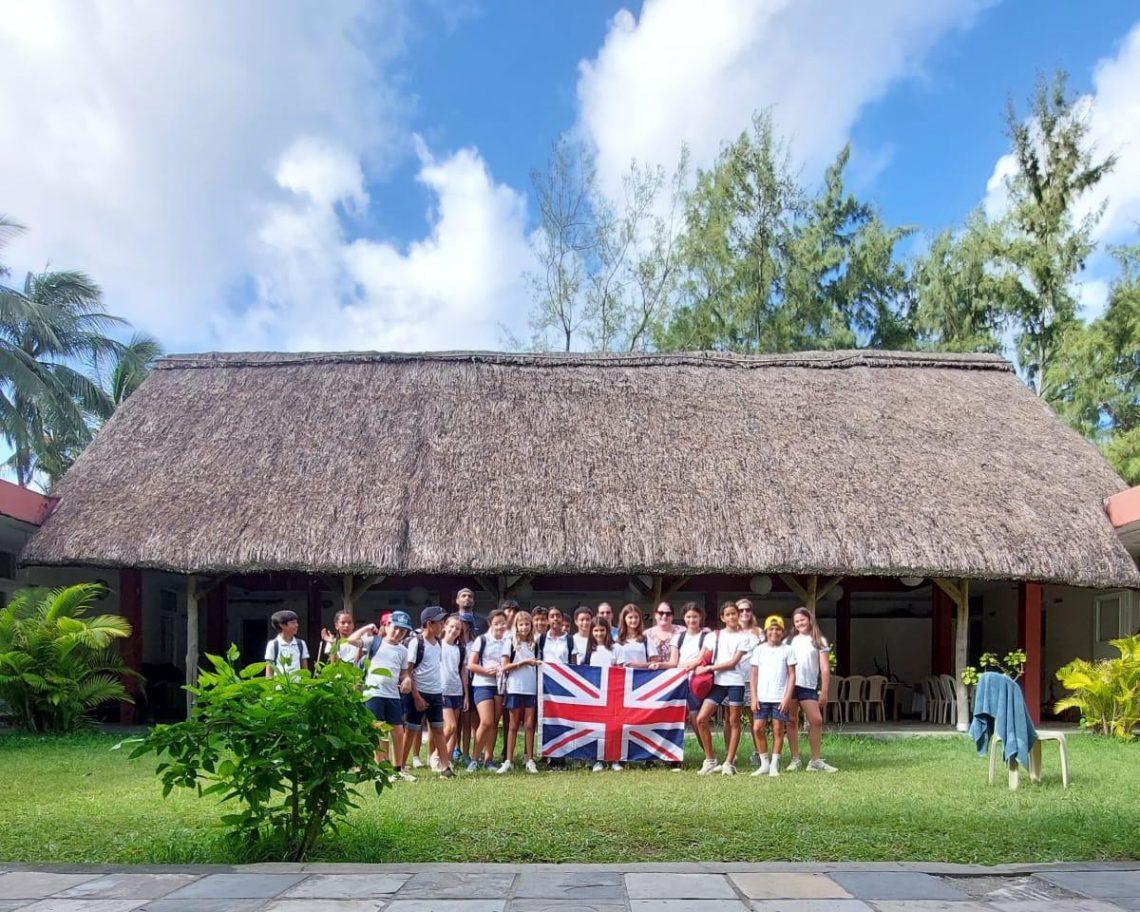
Field trip for our 6ème International Section students : Mauritius and the Sea
Monday 17th April, there was a buzz in the air… The 6eSI were setting off on a 3-day trip to the south of the island. Inspired by their exploration of Hemmingway’s novel “The Old Man and the Sea”, and by what they have learnt in class about climate refugees, sustainability and conflict of use, their objective was to discover for themselves the strong ties that link Mauritius and the sea.
During this exciting school trip, students were lucky enough to learn about local history in-situ; to meet with village locals and fishermen; to try their hands at fishing; to hear the voice of committed and passionate activists; and to understand that tourism can be sustainable. Of course, they also had time to enjoy the sea, the sand and the company of good friends and teachers!
Mauritius and the Sea written by Gabrielle, Luc and Samy.
The first day we left school at 8:00 am to visit the Le Morne museum. We were also supposed to go up to the first level of the mountain but because of the rain we couldn’t, so we went back to Senlis-sur-Mer earlier. We still went swimming and it was quite nice.
The second day, we went to Rivière des Galets. Mr Mangue told us how climate change was a problem for them. Then, we went to the beach and we built our own fishing rods. We went fishing but we didn’t catch anything. In the afternoon we went to Pomponette to ask some questions to Sebastien Sauvage. There, we found a cute dog and decided to name it Pomponette. When we finished with Mr Sauvage, some students walked from Pomponette to Senlis-sur-mer. The night, we did a campfire and it was very cool and funny because we played at truth or dare.
The third and last day we went to Bel Ombre to listen to a presentation ecology. After this, we went to the shell museum. There were a lot of shells and they were all beautiful. Then, we took the bus to come back to school.
We were all sad, but it was best trip ever!
DAY 1
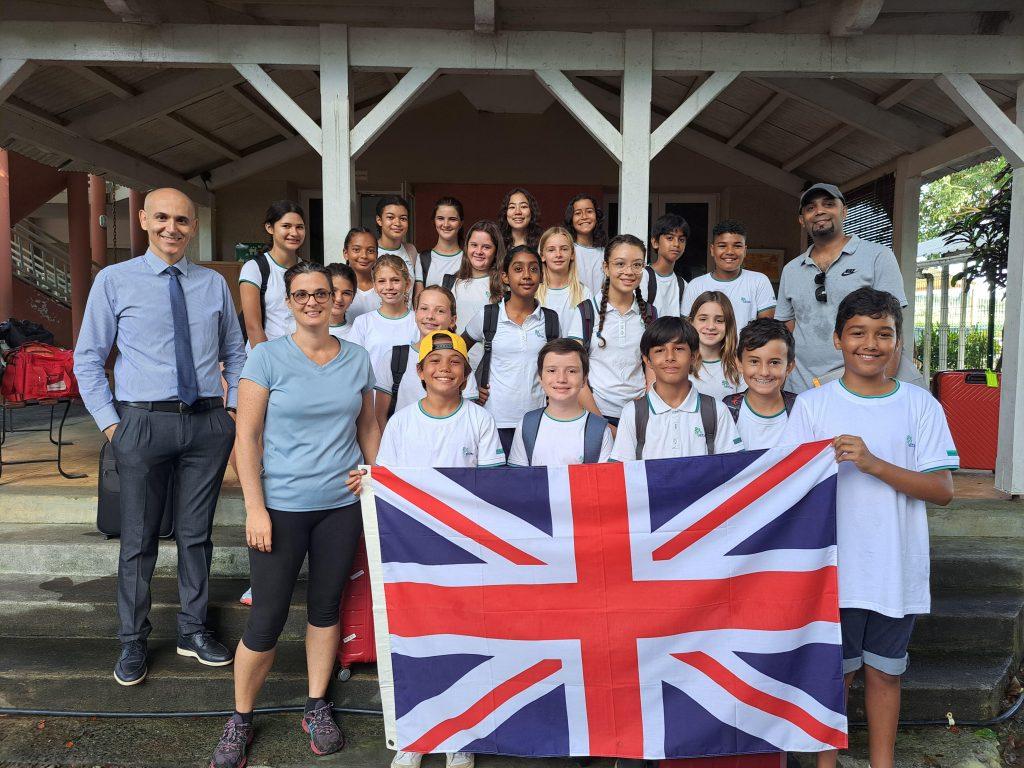
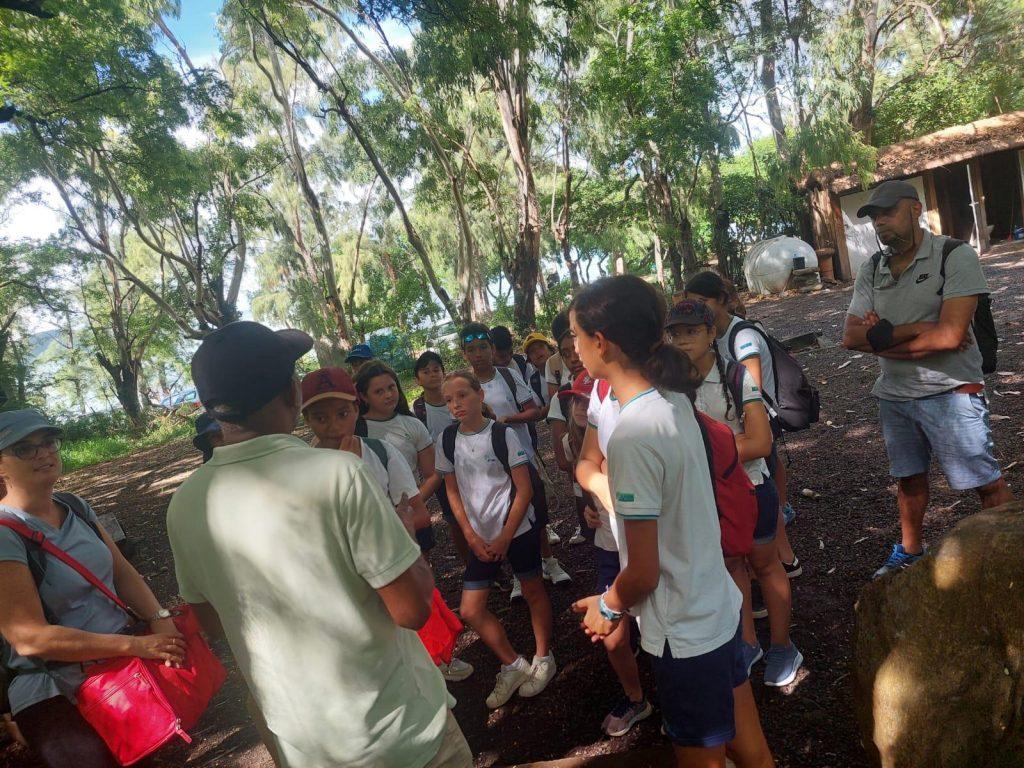
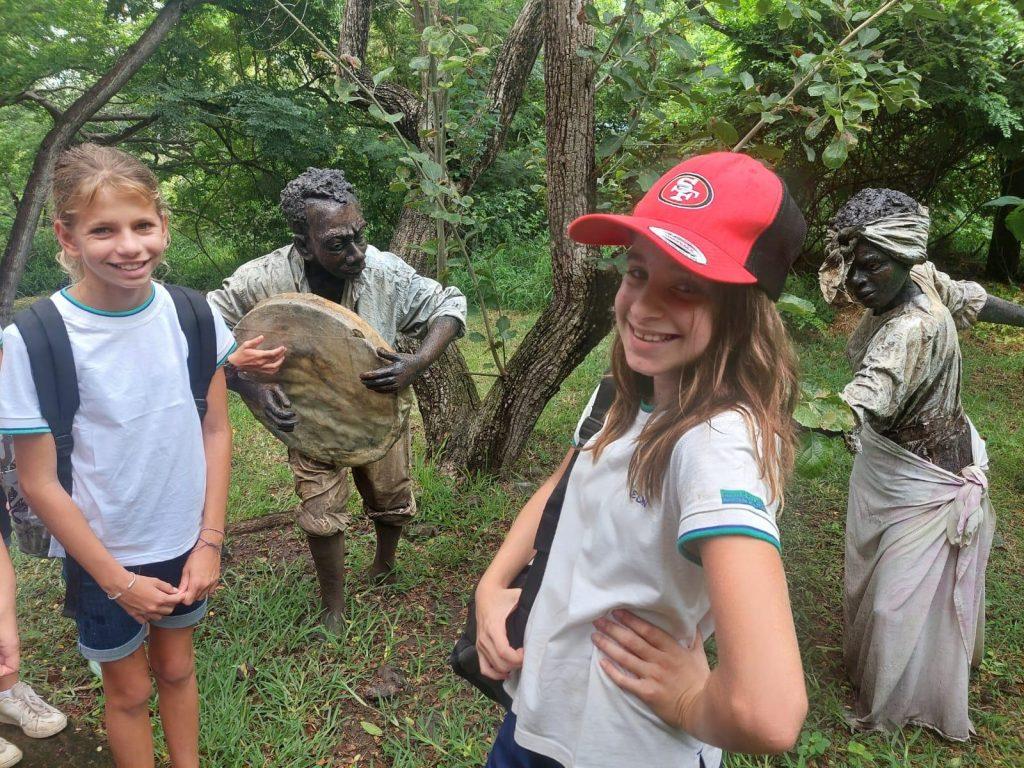
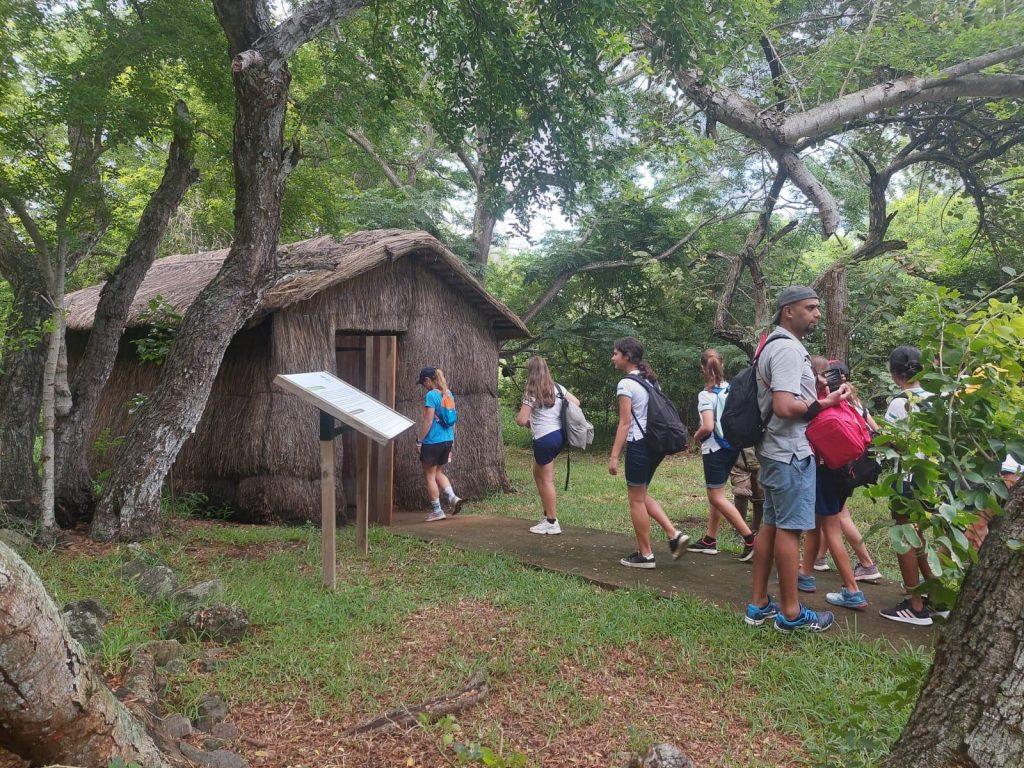
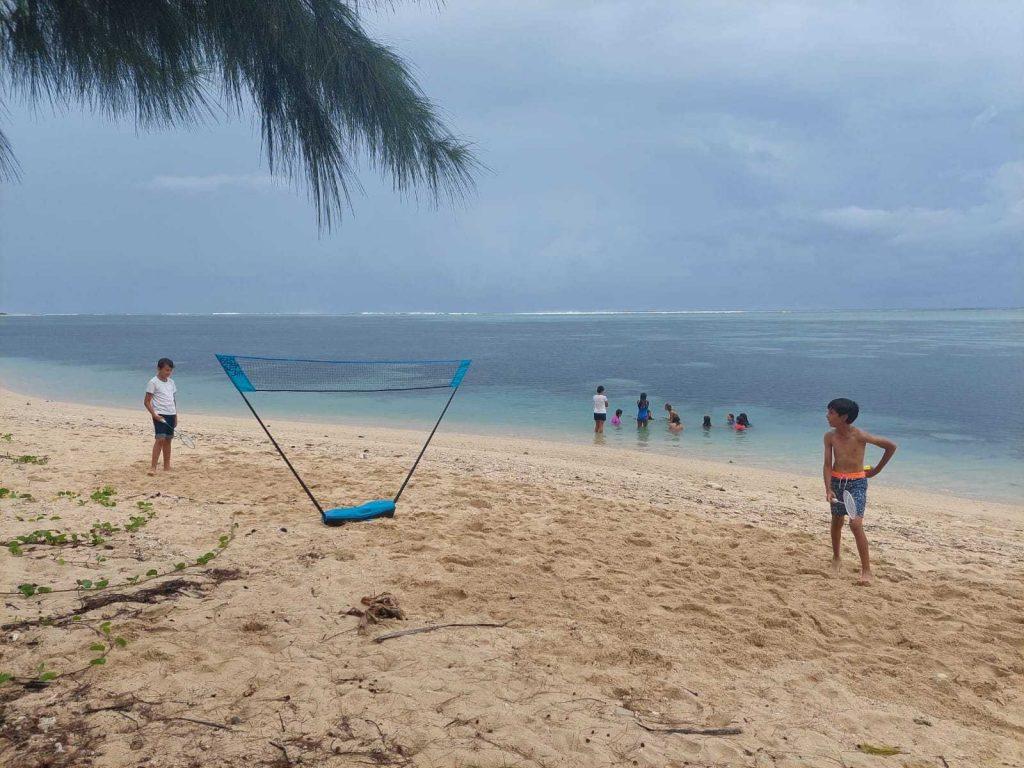
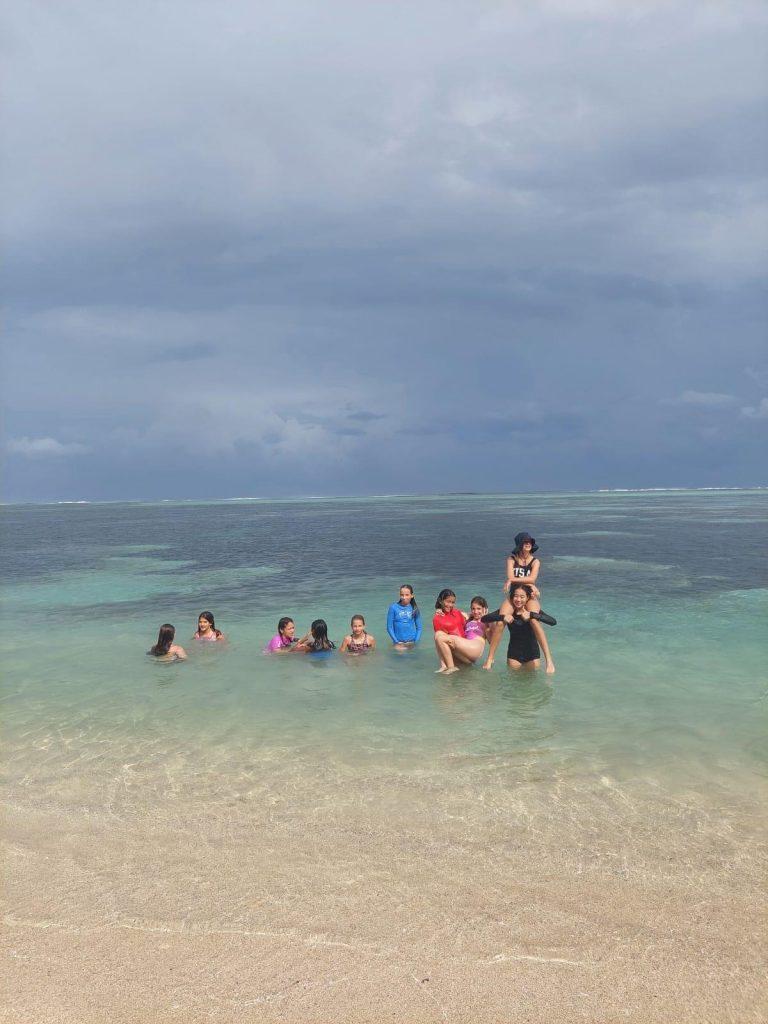
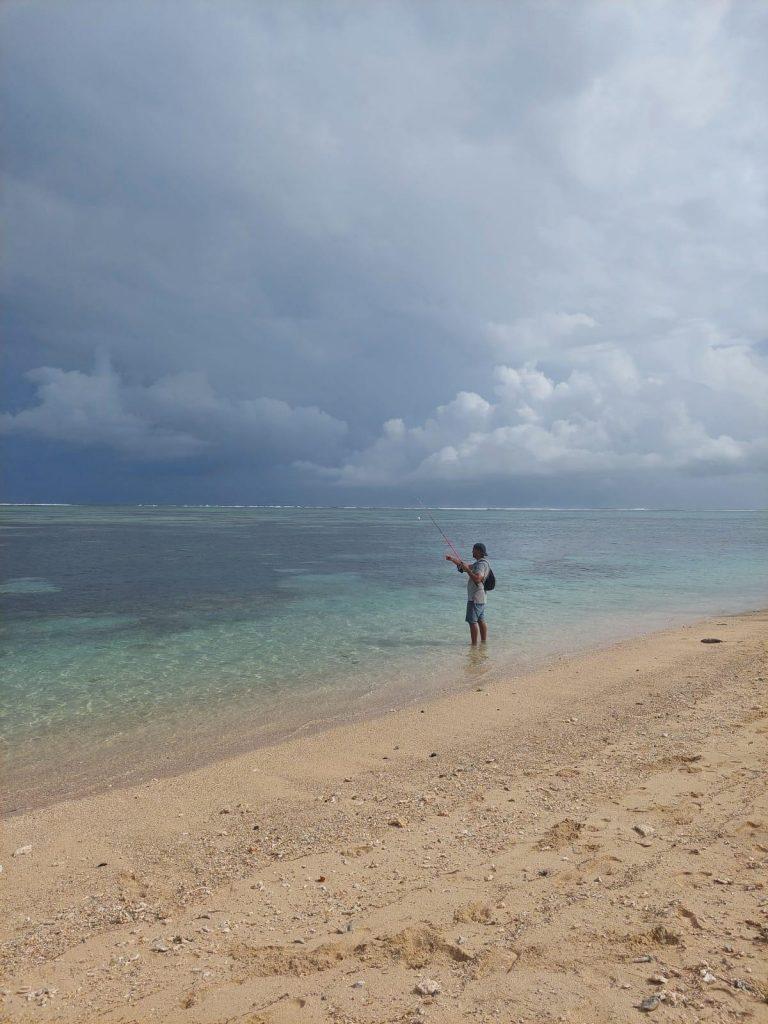
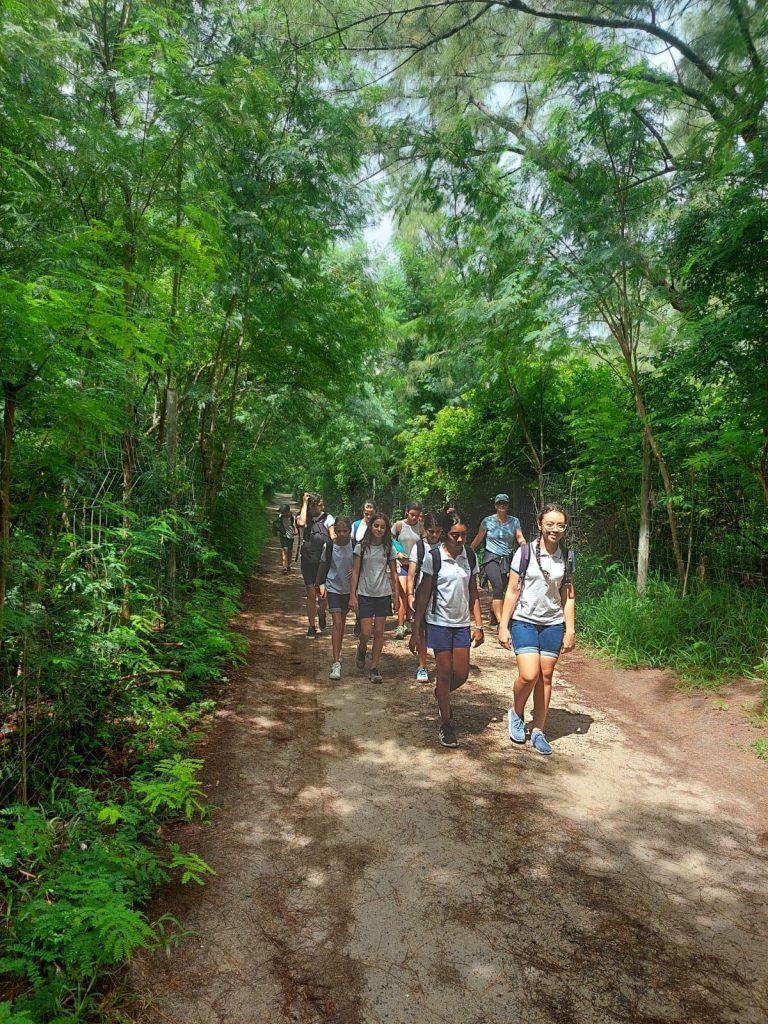
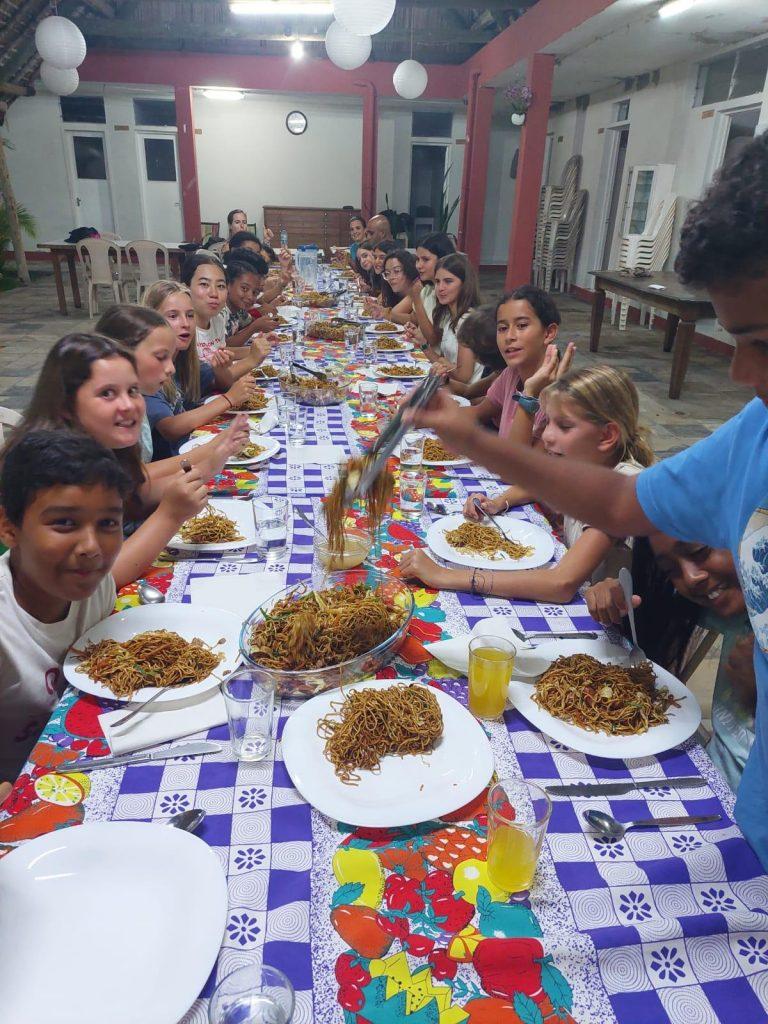
DAY 2
Rivière des Galets: Climate refugees written by Samuel, Dylan, Livio and Noah.
What are climate refugees? Climate refugees are people who lost their home because of the rise of the sea level. Now they are forced to go live somewhere else.
What will happen to the climate refugees? The climate refugees will have to leave their homes permanently, the government should give them a house. Many want to go to a safer place, but many don’t want to leave their homes. Sometimes, they have to go to a shelter due to cyclones or big waves etc… Due to sand erosion, like in Rivière des Galets, there are a lot of fishermen who can’t even put their boat in the water where they used to.
What must we need to do stop having climate refugees? To stop having climate refugees we need to take care of nature and don’t do stupid things like breaking the coral barrier. The government needs to help them and not build houses on coral lines. We can also rebuild the coral barrier artificially.
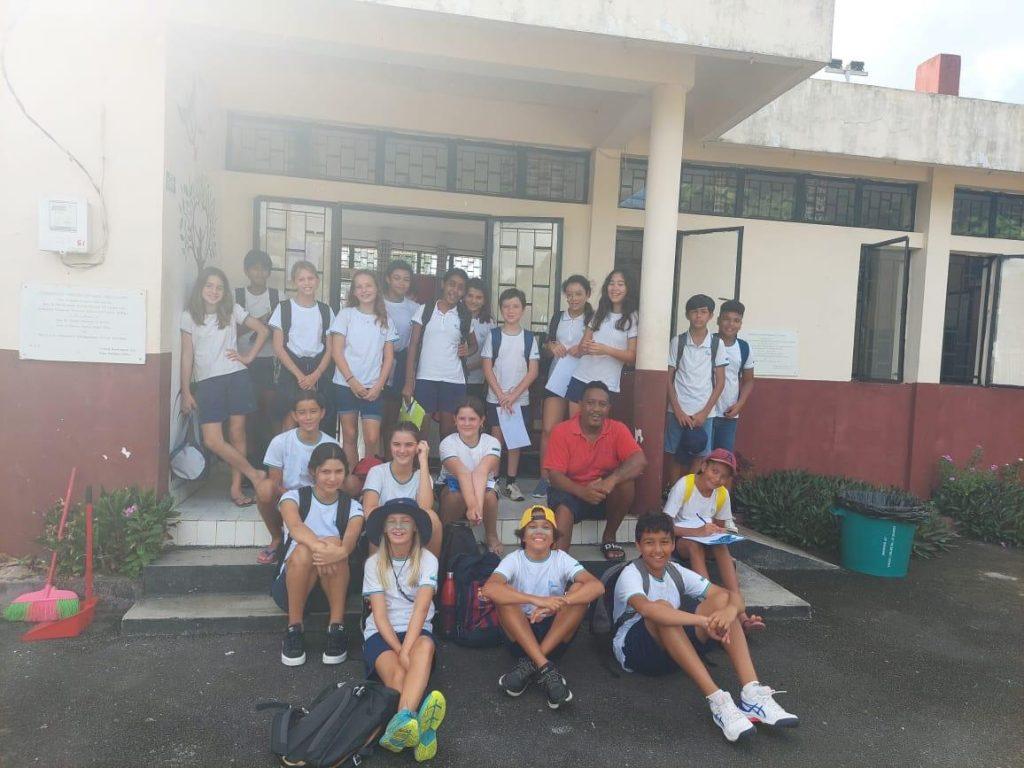
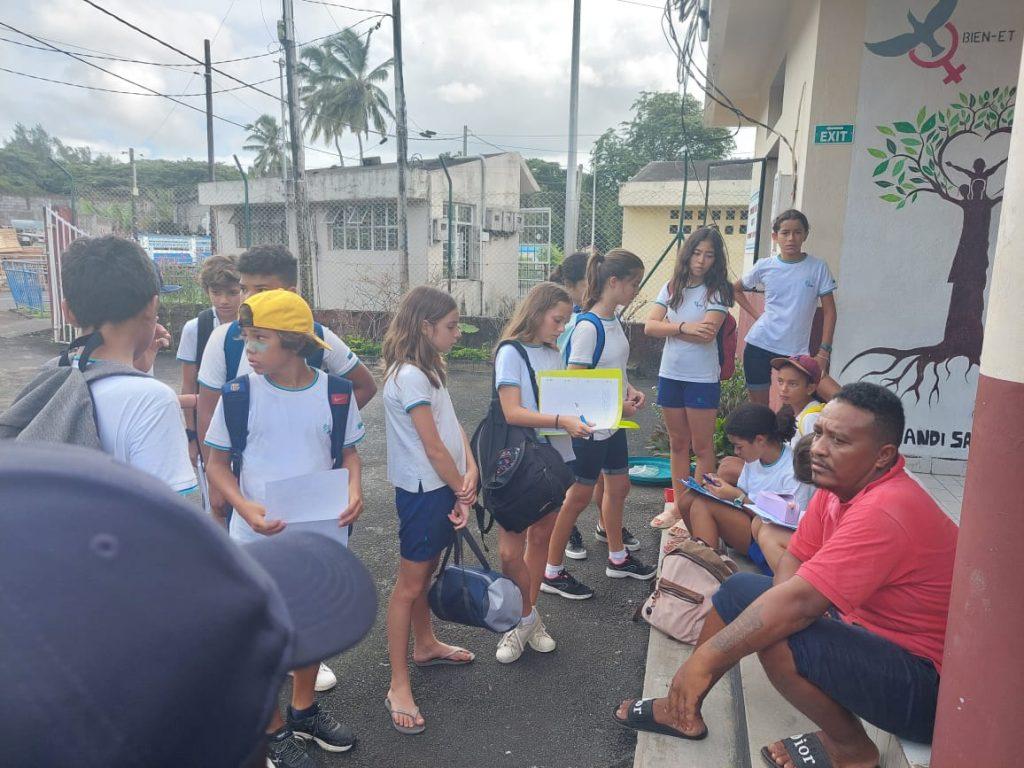
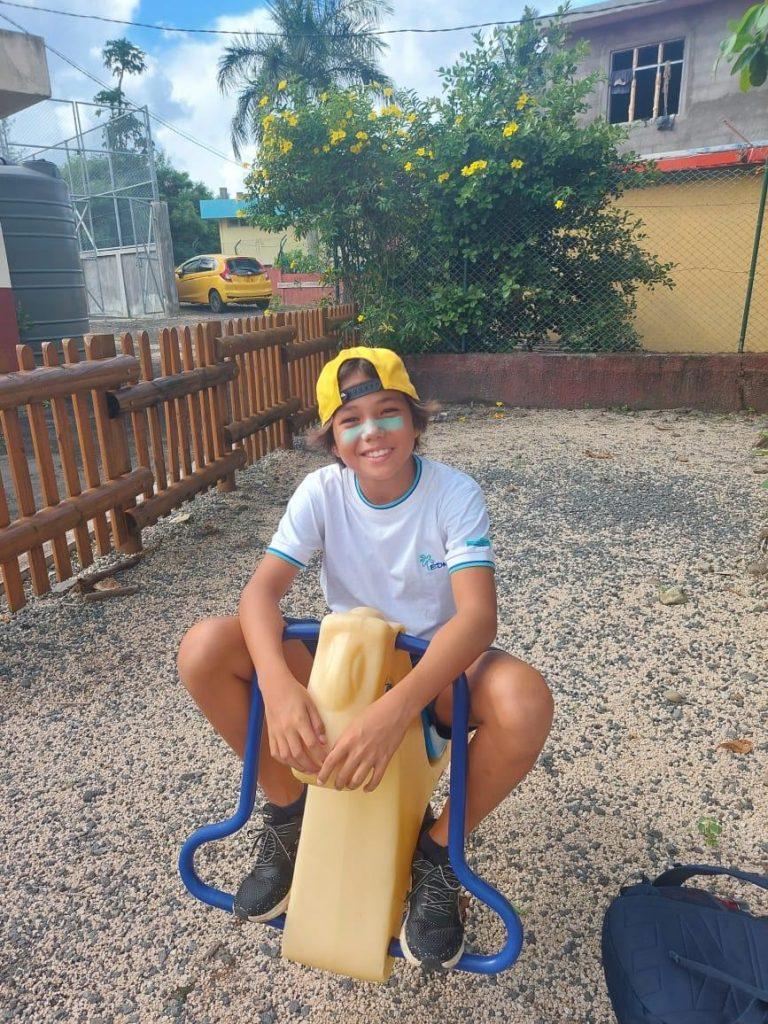
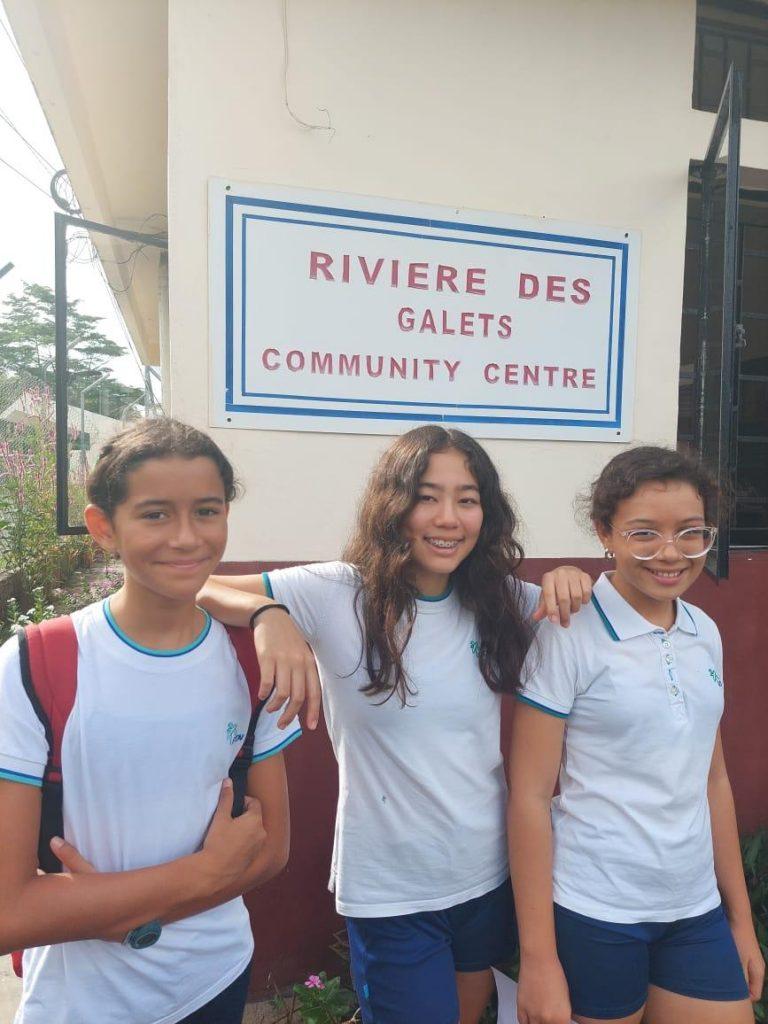
Life as a fisherman written by Anais and Maelle.
What is a fisherman? A fisherman is someone who catches fish and other animals from water or gathers shellfish. Fishermen may be professional or recreational.
What are the five basic methods of fishing? The five basic methods of fishing are bait fishing, fly-fishing, bait casting, spinning, and trolling. All can be in freshwater and saltwater. Here in Mauritius, bait fishing is the most common way of fishing. Bait fishing is fishing with a fishing rod.
A fisherman leaves his home at the break of dawn with his fishing nets, bait and stick. He heads for the sea where his boat is tied or he sits on a rocky cliff by the sea. He checks his fishing net and bait for the last time and sets sail.
What do they do with the fish? They usually sell it in the market, they eat it and also use it as bait for other BIG fish. At Rivière des Galets, fishermen sell the fish they catch by the side of the road for more people to come by as they are walking or driving past.
We tried fishing with our own hand-made fishing rod but had no luck!
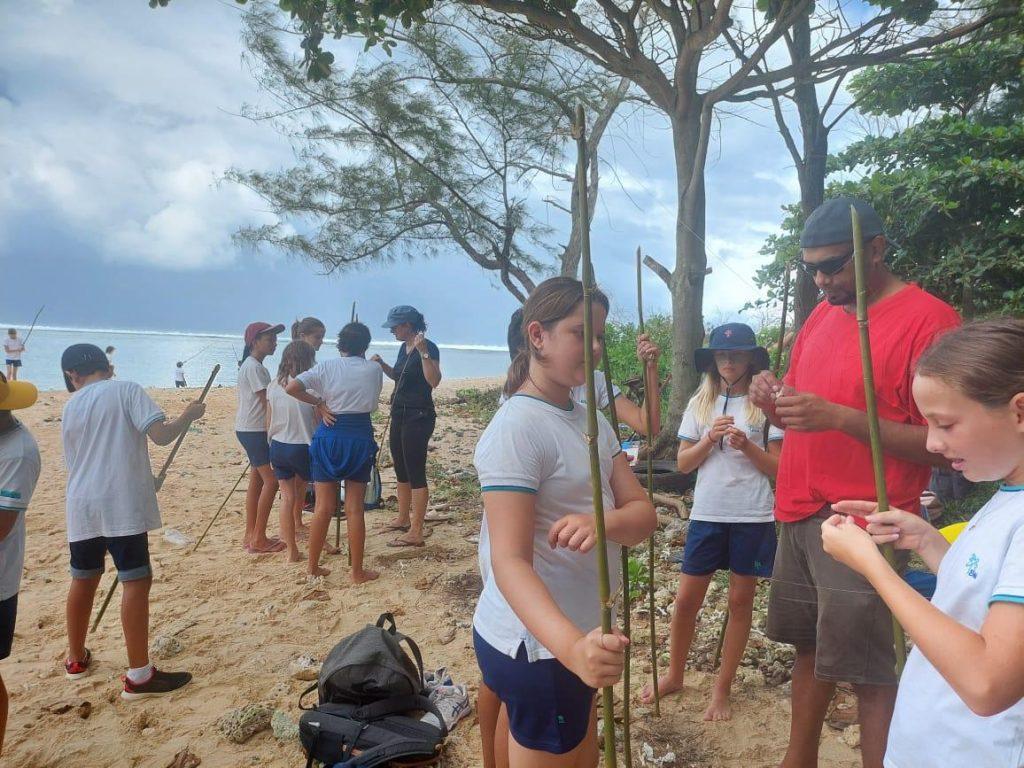
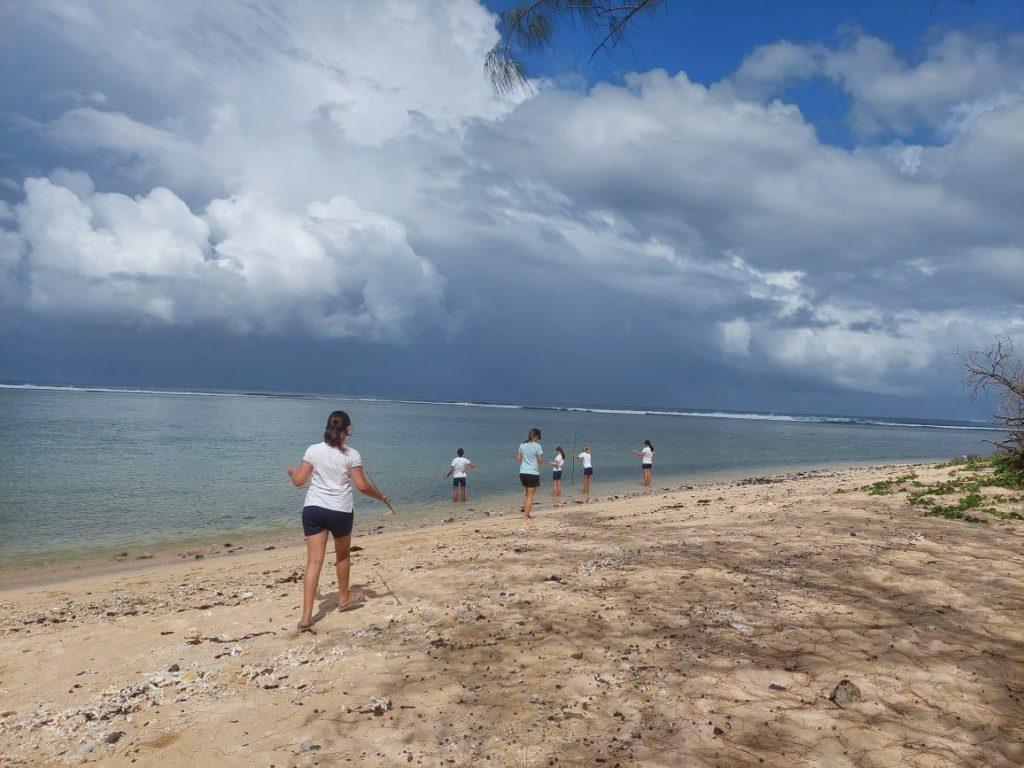
Taking care of Mauritius: Eco-Sud at Pomponette Written by Eloise, Elsa, Penelope.
What is Eco-Sud? Eco Sud is a company, led by Sébastien Sauvage that saves our eco-system and our right to nature. It’s a group of people that are against building hotels on public beaches for example: someone wanted to build a hotel on Pomponette beach in the south of our island, Mauritius. In 2020, Mauritian people would stand up and protest to stop the project that would build a hotel at Pomponette.
Conflict of use: We learned about conflict of use at school: conflict of use is when a project is good for some people but not for other people, example: workers build a hotel on the beach which will be amazing for vacation, tourist, jobs but it’s a problem: people who lives across the streets can’t go to the beach anymore, as they used to.
Pomponette: It was great that we students, were in Pomponette because it was calm and wild also it showed us that everyone should have access to this. We also saw how the nature is present at this beach and if some project develops there, this beautiful nature will be partly or totally destroyed.
Conclusion: This beach and this nature are important and must be saved. Eco-Sud is working for that and Eco-Sud limits conflict of use. So, we should be against all the hotels project that do not respect the Environnement.
For more information on the great work they do: https://ecosud.mu/
Taking care of Mauritius: Sustainability at Bel Ombre by Margaux, Quentin, Liya and Elsa T.
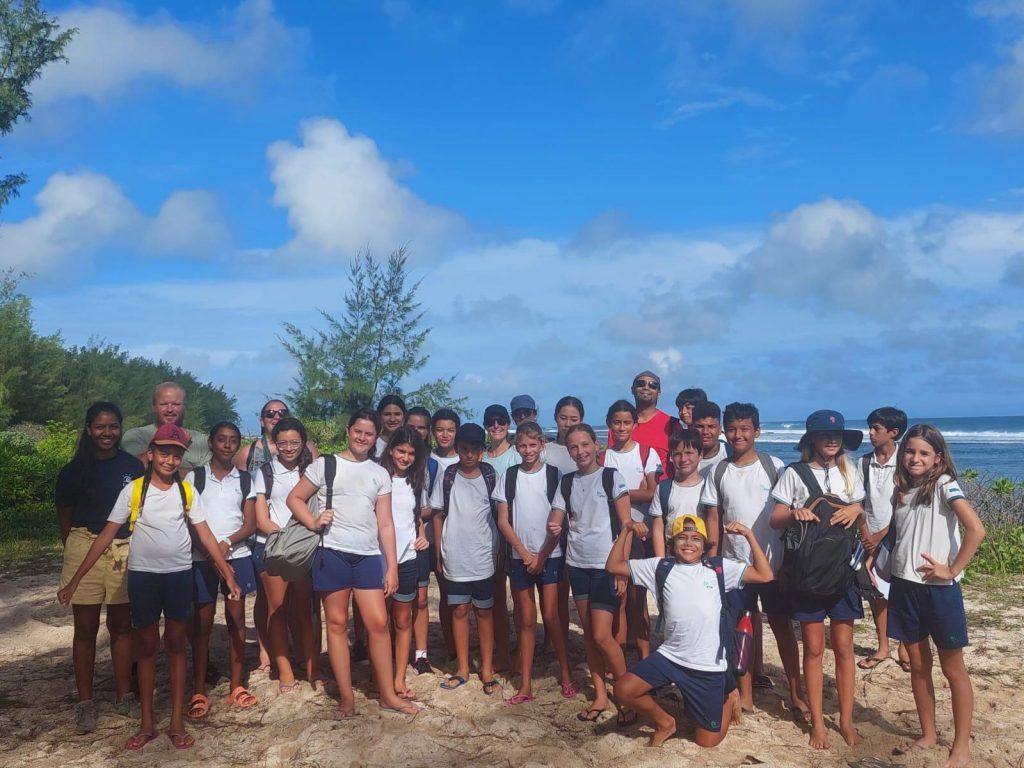
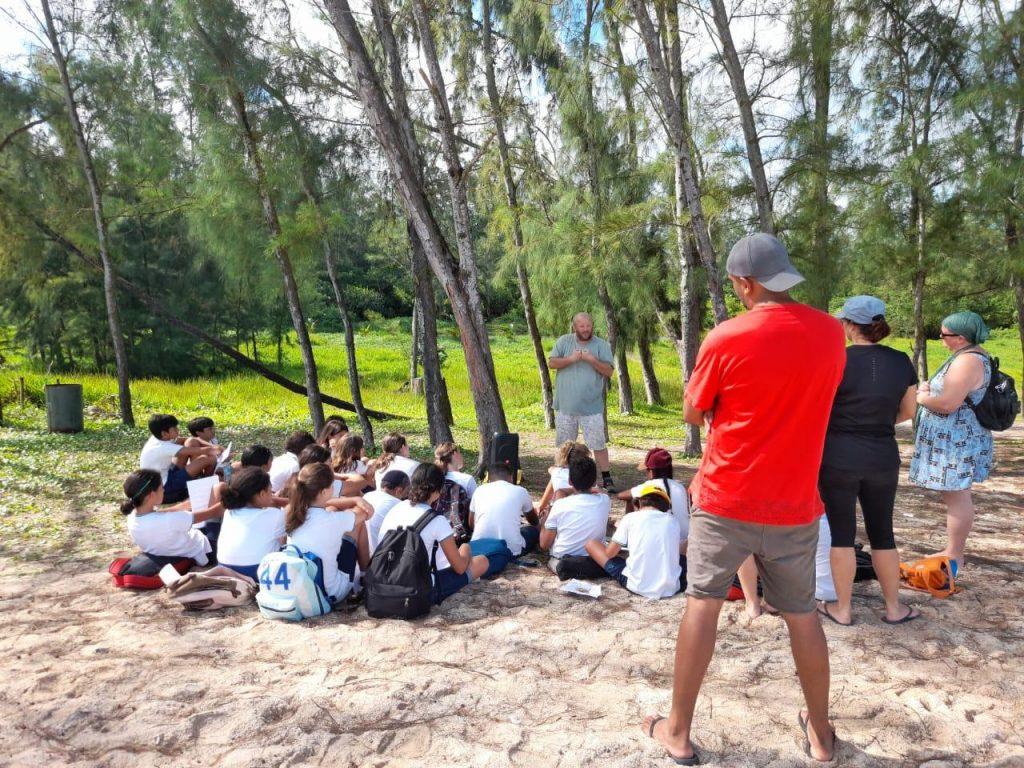
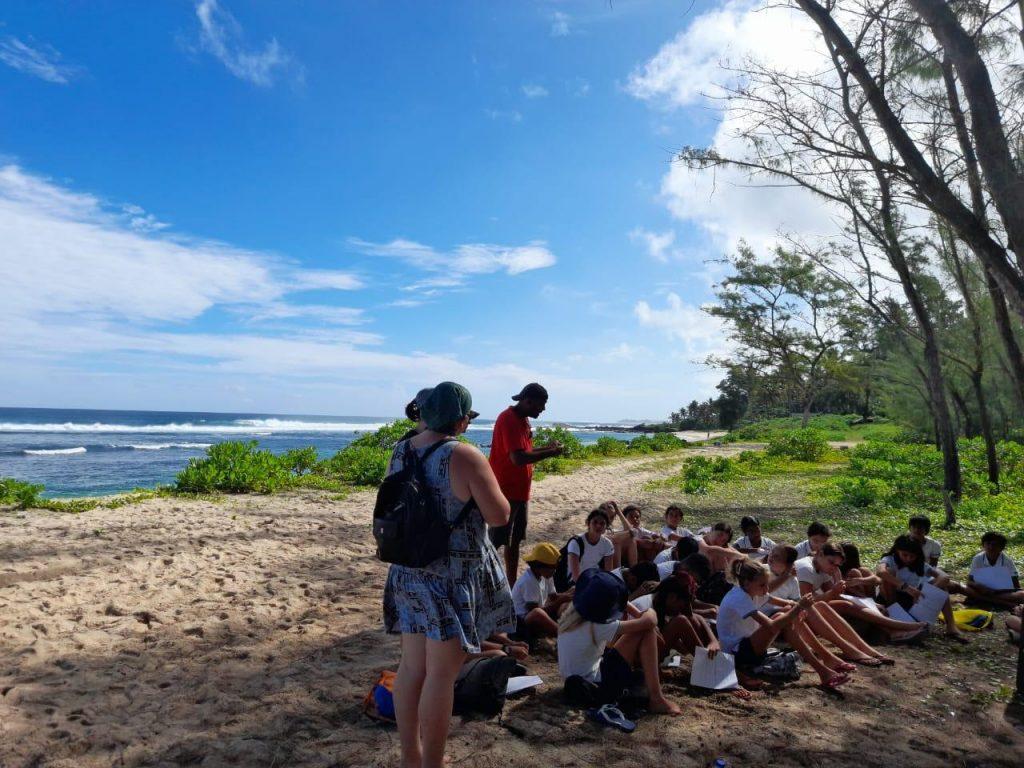
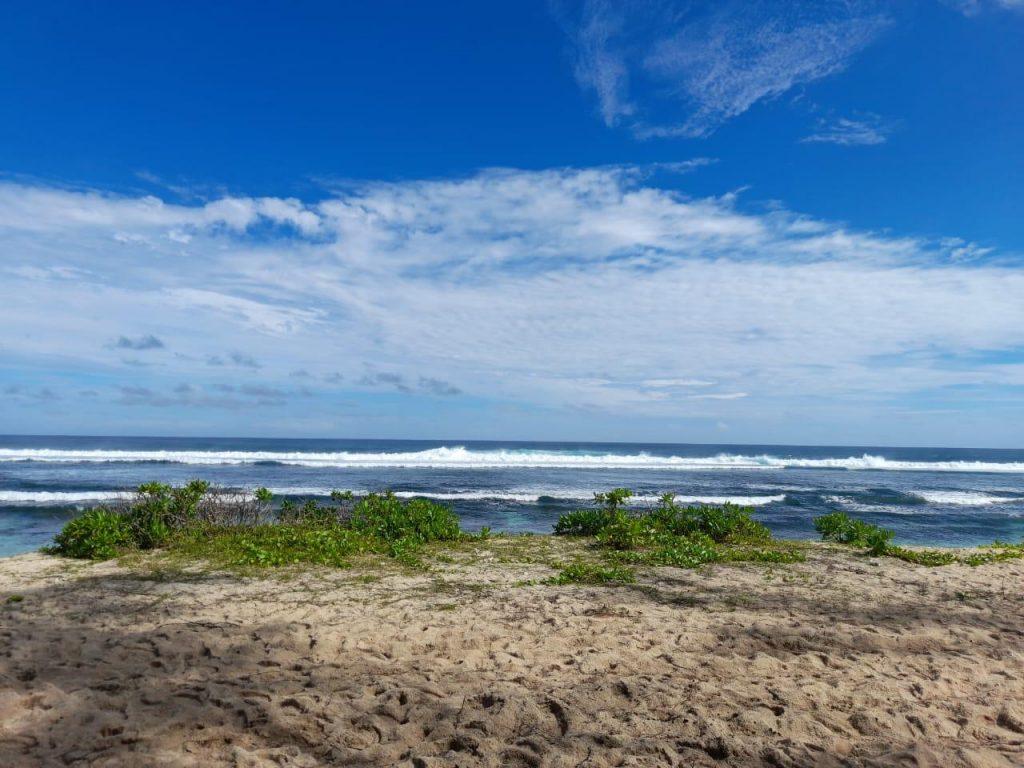
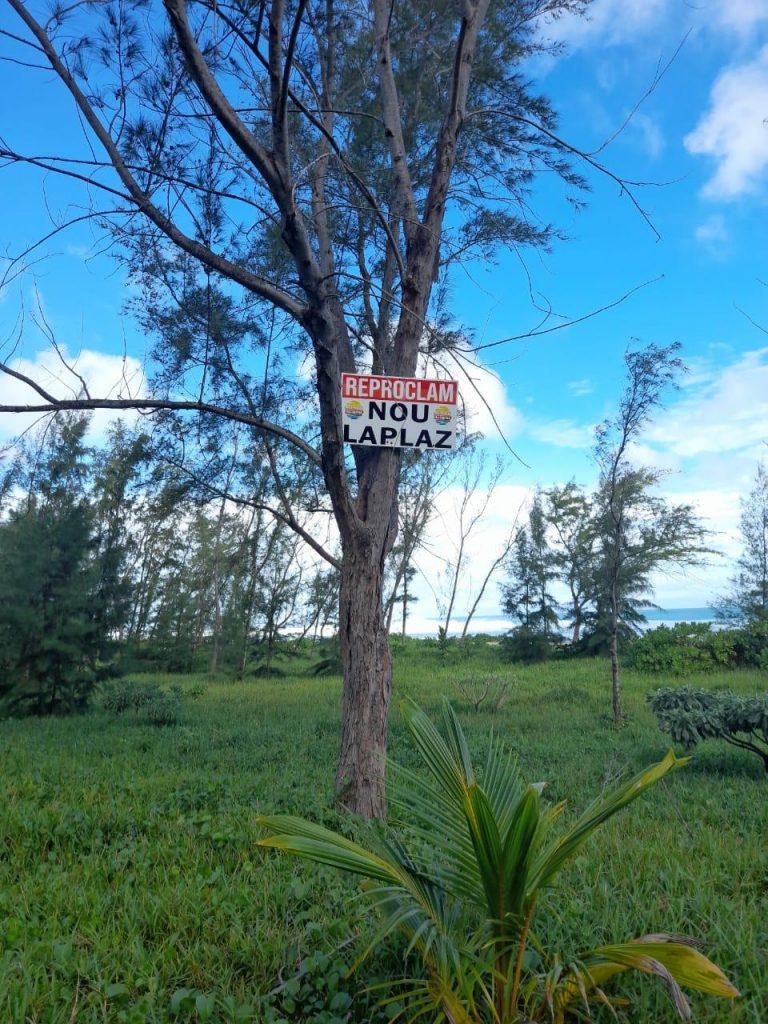
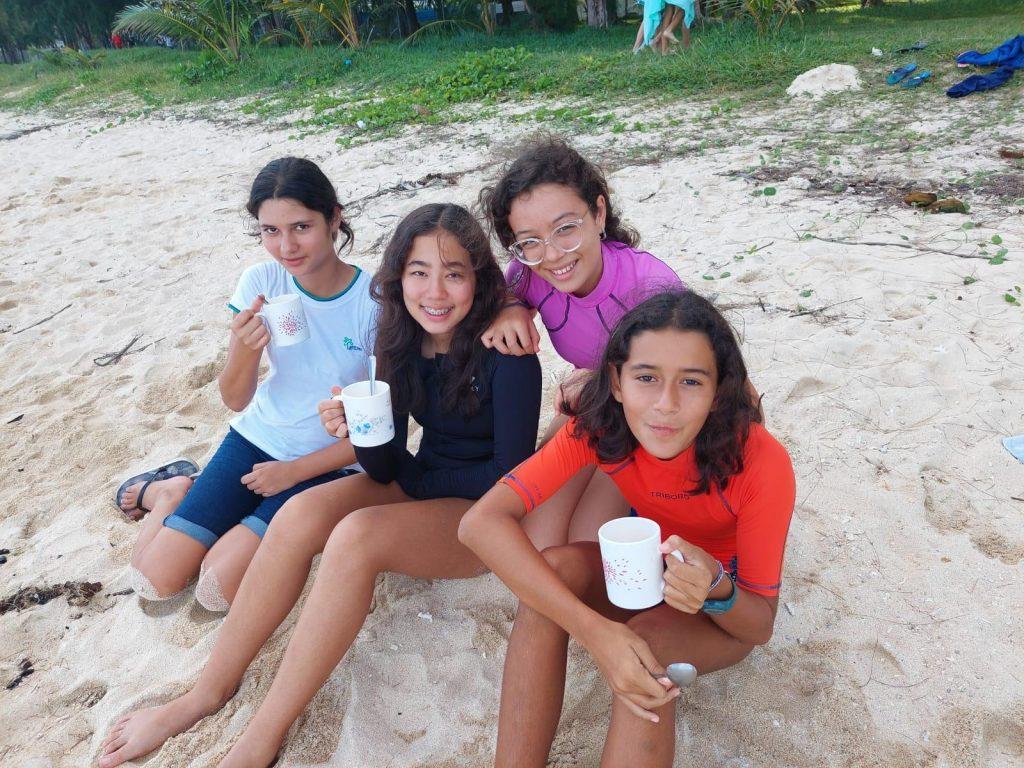
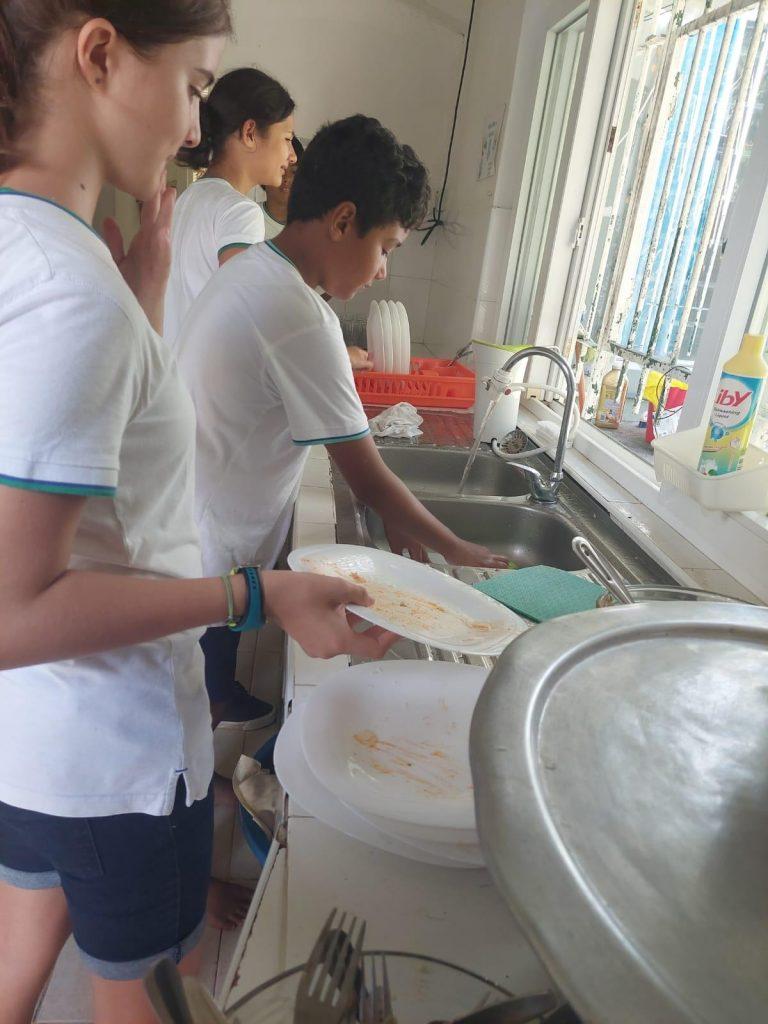
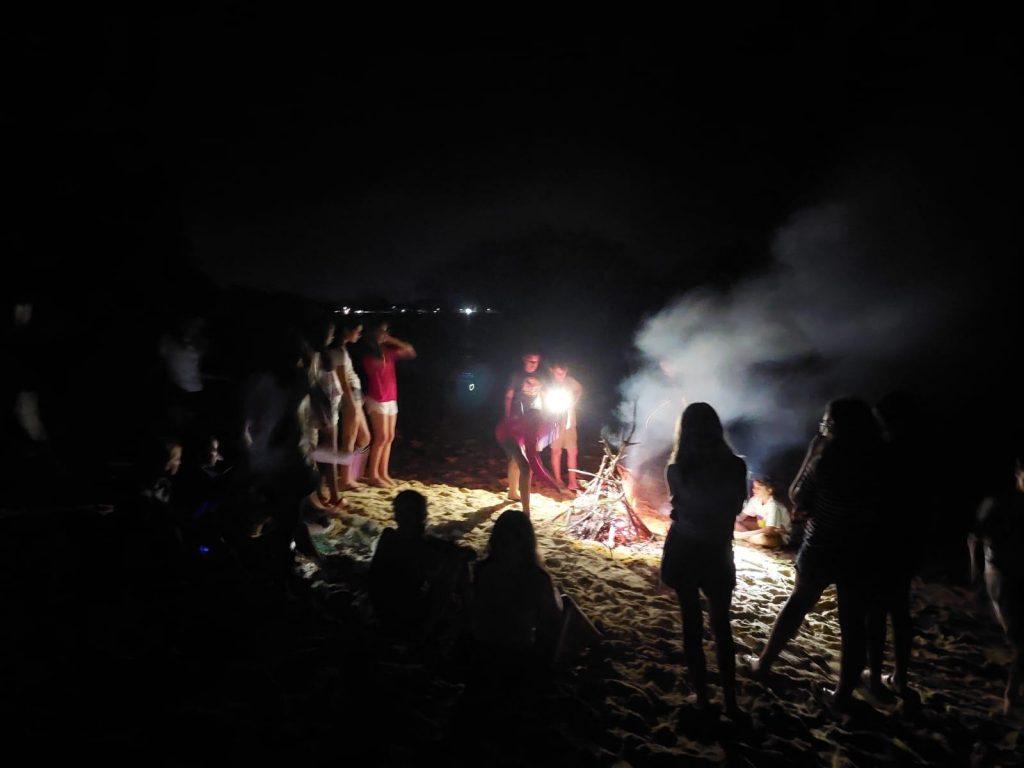
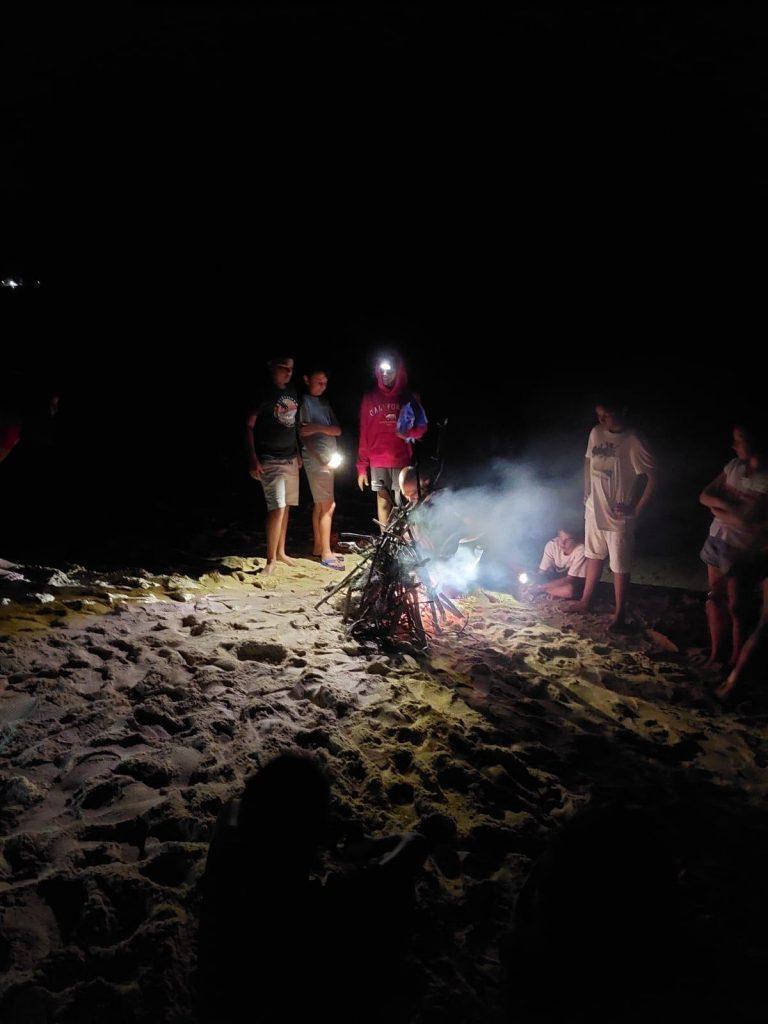
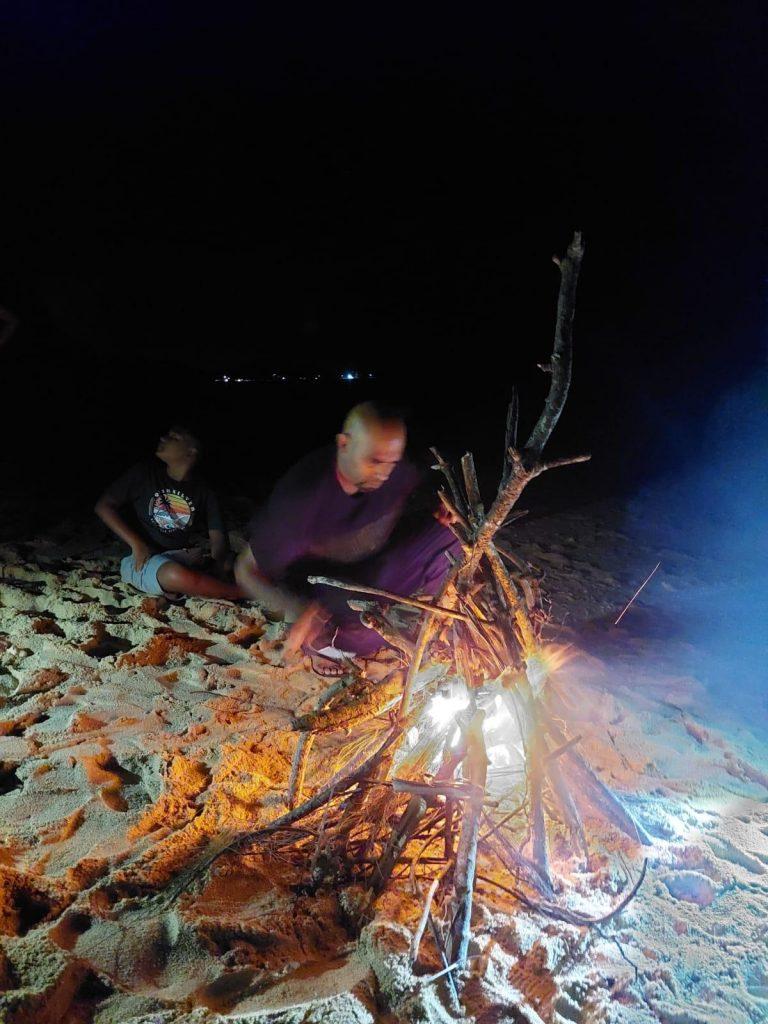
DAY 3
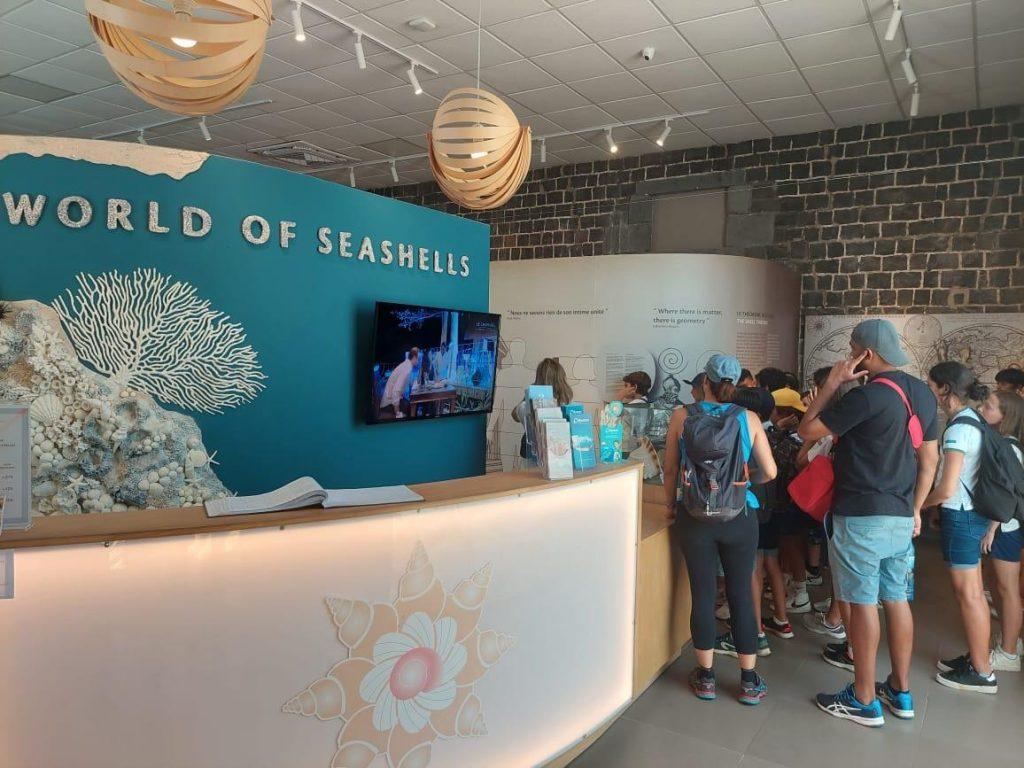
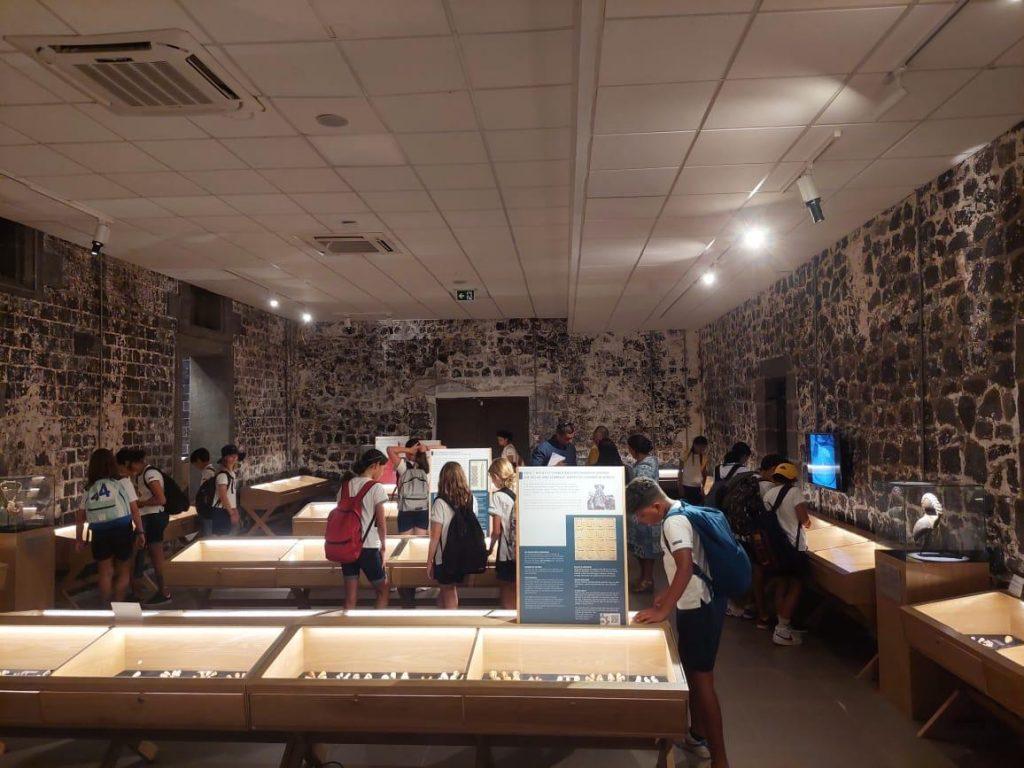
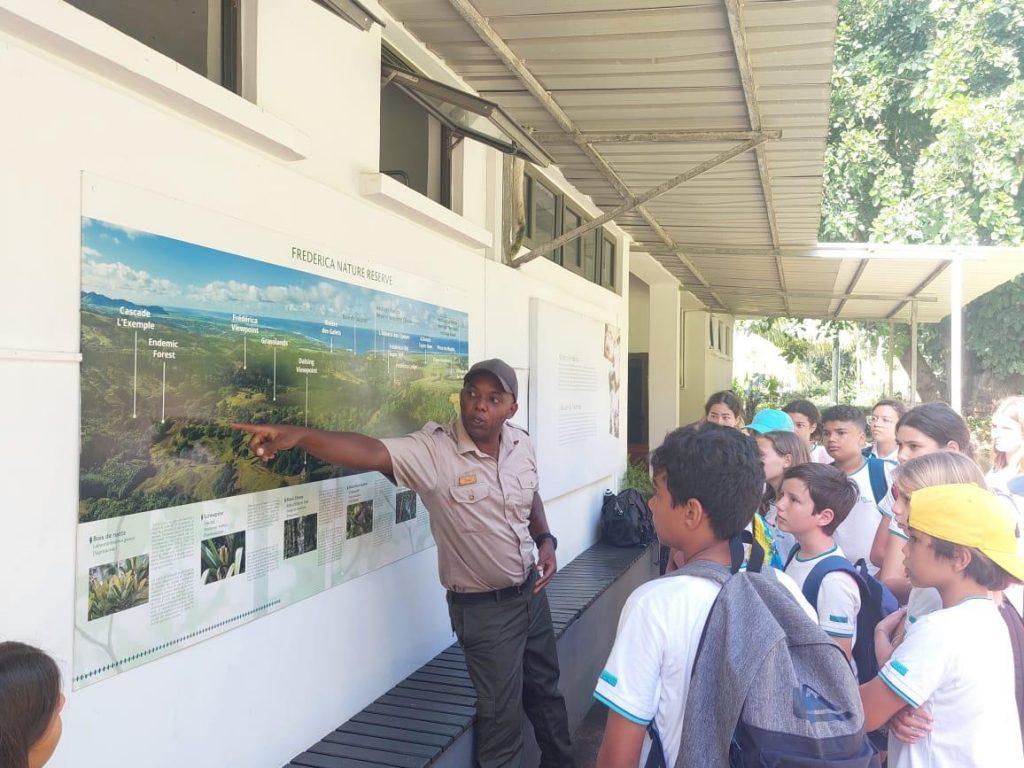
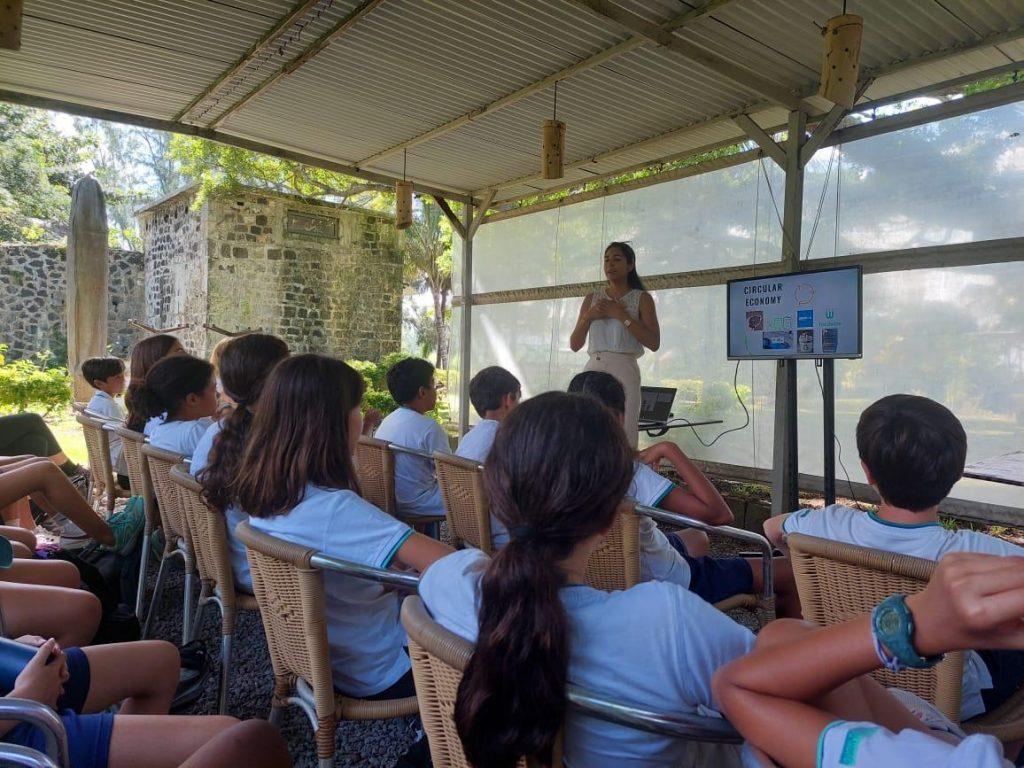
Time away from home written by Léan, Keira, Nora and Veethika.
Away from home
Spending time at home with your family is important, but if you always stick to your parents and refuse to let go of them, you’ll never get to see the wonders of other places apart from the city you live in. So, it is as equally important to be away from home and family than in your own house!
Field trips, friends and teachers
We went on a field trip with our class for two whole nights! That’s three days! It might seem a lot to you, but truly, it was very fun. We got to spend so much time with our friends and got to know a different side of our teachers. By that, I don’t mean our teachers aren’t fun, I just mean we got to spend time with them as if they were our friends.
How we felt
We were all very excited to go on this outing. We were also a little anxious at some points. Then, our excitement would drop, and we would miss our parents. After that, when the moment came, no one wanted to leave.
How our parents felt
When we got back, moms and dads were all waiting outside for us to come back. They were all so happy to see us again. It was like we could feel their hearts pounding with excitement for us to hop out of the bus and into their wide-open arms.
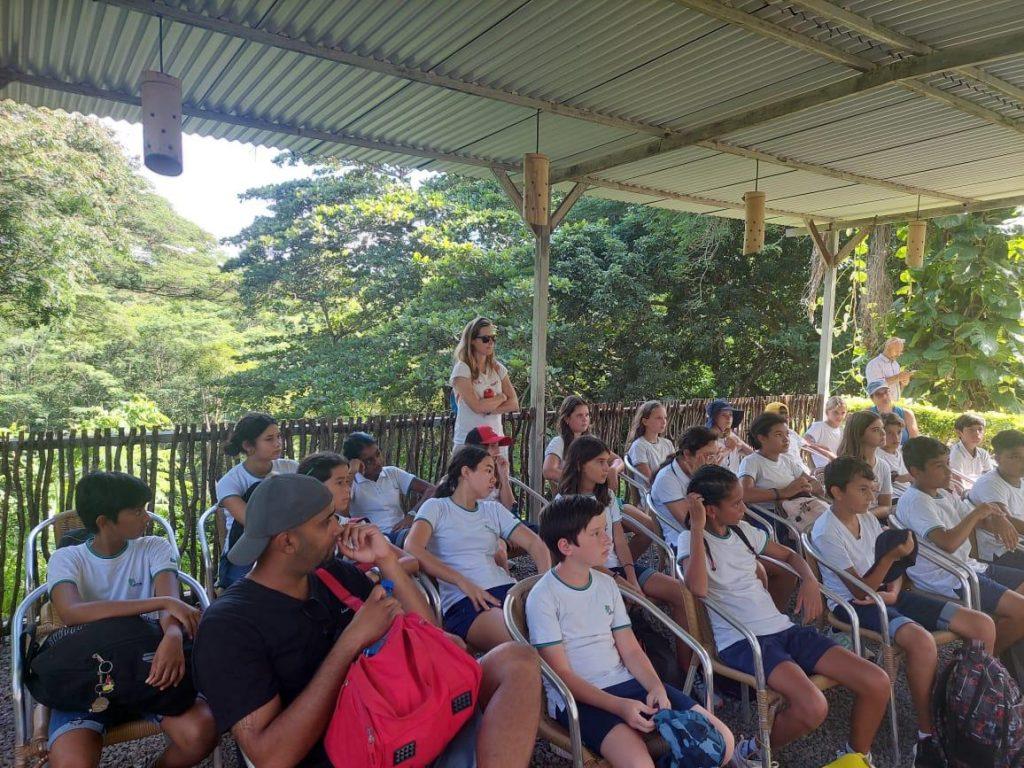
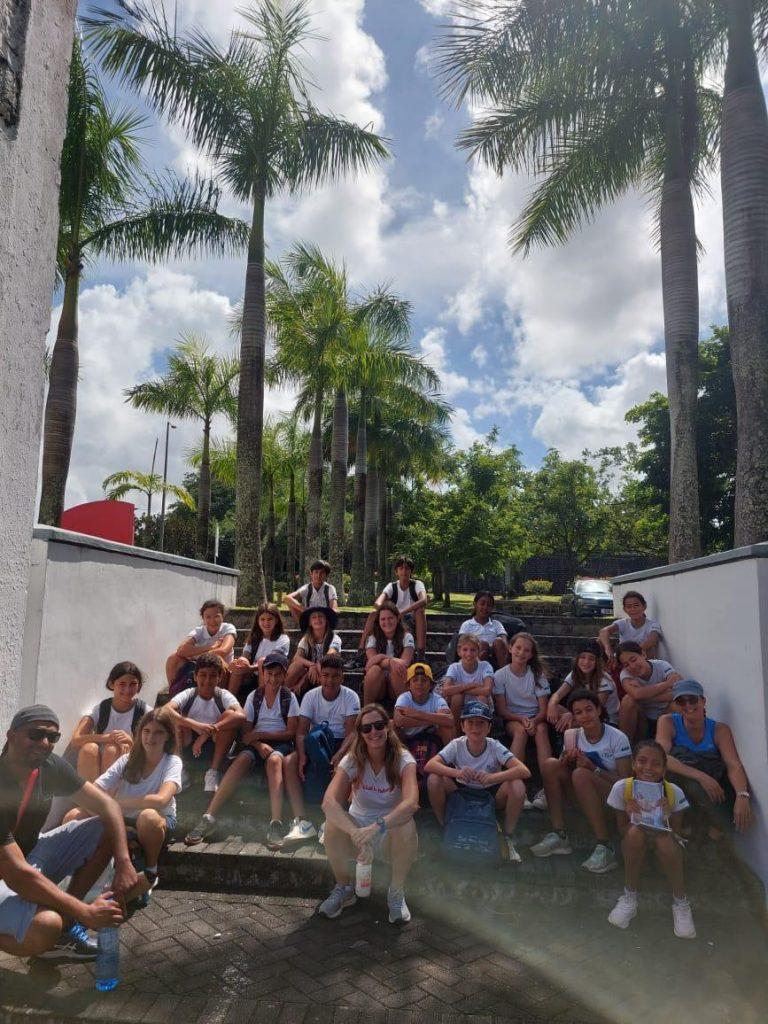
Tales of Mauritius: How is nature represented? written by Mahé, Keni, Mael and Raees.
How is nature represented in the short stories from “Tales from Mauritius”? In Mauritius there is an amazing mountain with a great history. From the view of “Le Morne” we see a spectacular river which is unusual for such a small island, as well as inaccessible cliffs!
The sugarcane, once, only found on flat ground, now grows on the mountain slopes. The wind and the breeze on the sea, with the amazing sound of nature, was the only music back in the days, but the best music. Among the huge rock on the mountain, people found skulls from the slaves which shows how important this place is in history.
In Mauritius, “Le Morne” is much more than a useless landmark, it guards the fishing bays of the entire “Black River” coast. At the time when slaves used to work in Mauritius, the forests of “Black River” were less accessible than “Le Morne”! The resources were best at “Le Morne,” especially the honey.
Many years have passed in a very pleasant manner, but in the meanwhile, many changes have taken place on the island…
“Tales from Mauritius”: Parallels with “The Old Man and the Sea” written by Matthew, Noeline and Yuvan.
We have all read “The Old Man and the Sea” by Ernest Hemmingway and “Tales from Mauritius” by Ramesh Ramdoyal, and maybe you too have noticed that these books have some characters in parallel.
For example, Ton Maxime and Santiago are basically the same person.
| Similarities | Differences |
| Both fishermen | They have different styles of fishing |
| both old | Santiago doesn’t fish alone |
| both have eyes that make them seem younger | Ton Maxime lives in Mauritius while Santiago in Cuba |
| both fish for a living – both think they are hallucinating when they catch something heavy | Ton Maxime is revealed to have children |
| both think they are getting old when they can’t lift a catch | |
| both respected by their village | |
| both refer to the sea as a woman |
But this isn’t all, in the chapter “Le Grand solitaire” (TFM), Santiago has another parallel character named Phillipe.
| Similarities | Differences |
| Both fishermen | Phillipe fishes in a group of four |
| both old | Phillipe has a motor boat |
| both reel in a marlin | Santiago takes 4 days trying to catch the marlin while Phillipe takes 18 hours |
| both won’t let a marlin go | Santiago catches the marlin |
| both eventually get respected by their entire villag | |
| both fail to bring a marlin back |
We can therefore say that “Tales from Mauritius” is greatly inspired by Ernest Hemmingway’s “The Old Man and the Sea”


